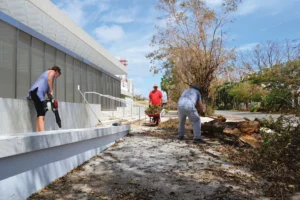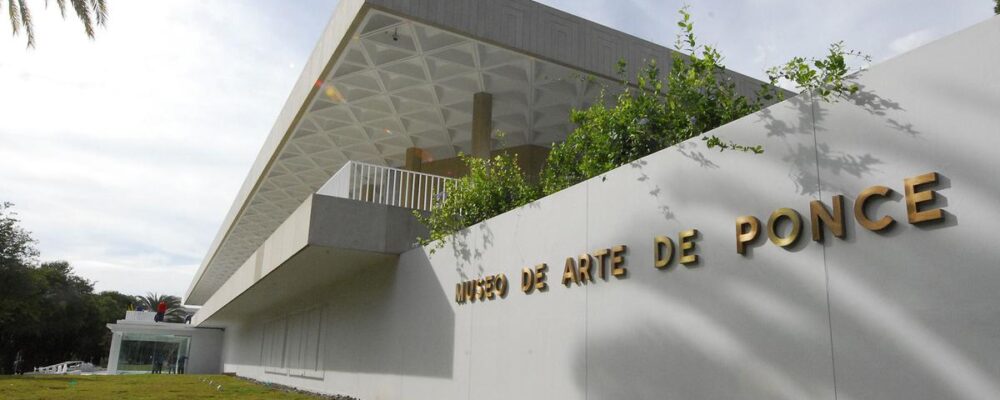The creativity and resilience of the Puerto Rican people are on full display at the Museo de Arte de Ponce, Museo de Arte de Puerto Rico, Museo de Arte Contemporáneo de Puerto Rico and Instituto de Cultura Puertorriqueña. The Museo de Arte de Ponce is the largest art museum in the Caribbean and one of the most important in the Americas. Pablo Pérez d’Ors, one of the museums’ past curators noted that the museum is an “important landmark in the construction of an artistic identity for Puerto Rico”.
The museum has led museums in the region in the preservation of art on the island during disasters and hurricanes that have intensified over the years due to climate change. The Ponce museum has helped other institutions on the island to examine and preserve their collections in work that began after Hurricane Maria and a flood damaged the museum at the Universidad de Puerto Rico in Cayey. Likewise, the Museo de Arte de Puerto Rico (MAPR) in San Juan safeguarded works belonging to other Puerto Rican museums. MAPR’s own collection received only minimal damage and staff helped to run the museum as a communications and conservation hub for local cultural institutions.

Workers clear up damage from Hurricane Maria at the Museo de Arte de Ponce
The San Juan museum reopened to the public, days after another disaster: a flash flood, which caused more damage than either Hurricane Maria or Hurricane Irma, including the destruction of the education department’s facilities and materials.
Since the reopening, MAPR has been “very active” and “people have been very responsive”, says the museum’s director, Marta Mabel Pérez.
The island’s museums are also thinking ahead for future emergencies. After the wave of disasters in recent years MAPR co-founded the Coalition for the Heritage of Puerto Rico. The pilot project plans to release a guide to advise cultural institutions on preparing for and responding to disasters. The coalition is working with Brinnen Carter, a chief of resources at the US National Park Service, to draw up a budget that will include new safety deposit spaces for museum objects.
The San Juan museum also received a $110,000 grant from the Smithsonian Institution an affiliate in Washington, DC, to help with conservation costs, cost of restoring works, and lost revenue to to closures after hurricane Maria.
The Smithsonian Cultural Rescue Initiative (SCRI), was set up after the Haiti earthquake in 2010, and it led to helpful conservation workshops at the museum that were, aimed at helping museum professionals to prepare for future disasters by documenting collections and assessing and preserving objects as well as in evacuating prior to these natural threats. Workshops have been led by experts like Corine Wegener, a cultural heritage preservation officer at the SCRI says: “People come first, but culture needs to be somewhere on the list—that’s our goal.”
Research by Gloria Colon and David Grandison Jr.

